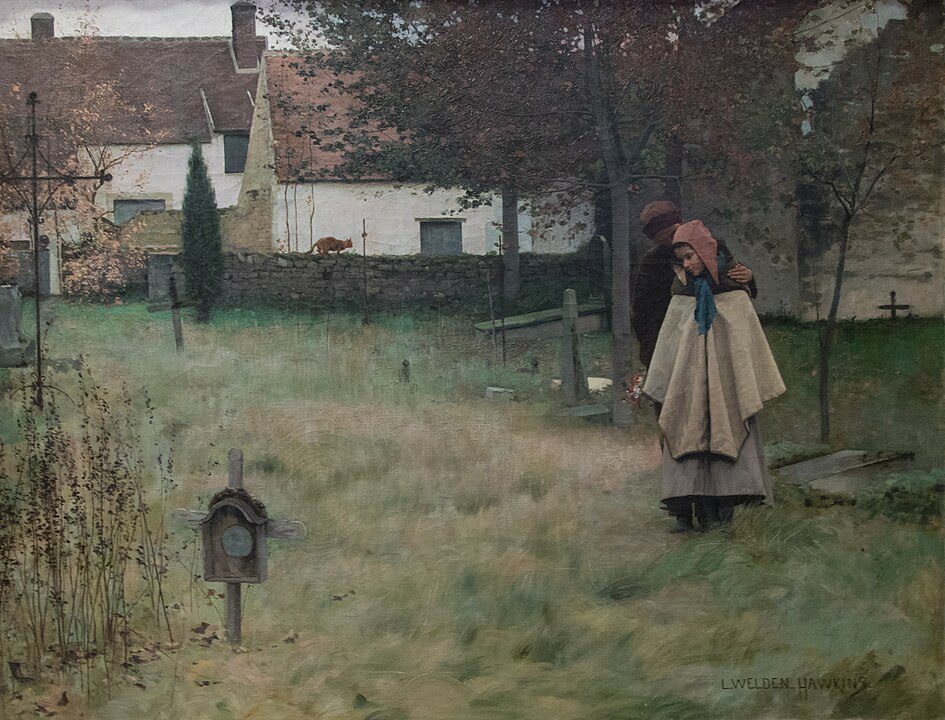
Louis Welden Hawkins (1849-1910) was a British-born painter who spent the majority of his career in France, becoming a notable figure in the Symbolist movement. Born in Stuttgart, Germany, to English parents on July 1, 1849, Hawkins was exposed to a multicultural environment from an early age, which would later influence his artistic direction. His family moved to England shortly after his birth, but it was in France where he would ultimately find his artistic home and legacy.
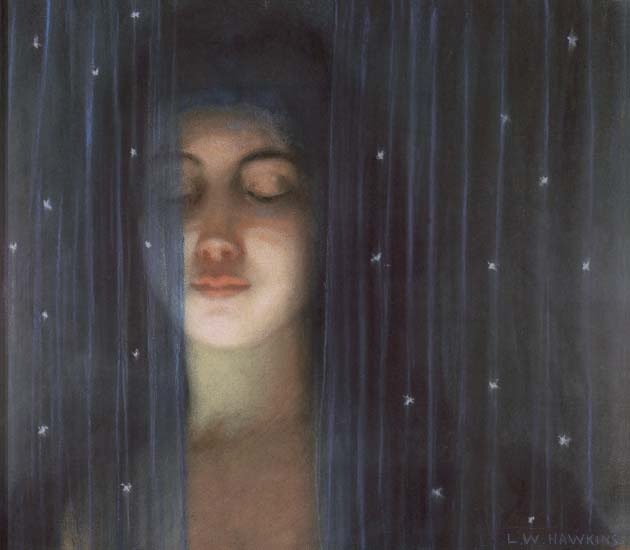
Hawkins began his formal art education at the Kensington School of Art in London, but his desire for a broader perspective led him to Paris. He enrolled in the École des Beaux-Arts in 1873, studying under the academic painter Jean-Léon Gérôme. Gérôme’s influence on Hawkins was profound, instilling in him a meticulous approach to technique and composition. However, Hawkins’s style would evolve significantly over the years, moving away from the academic strictures of his education towards a more symbolist and impressionist approach.
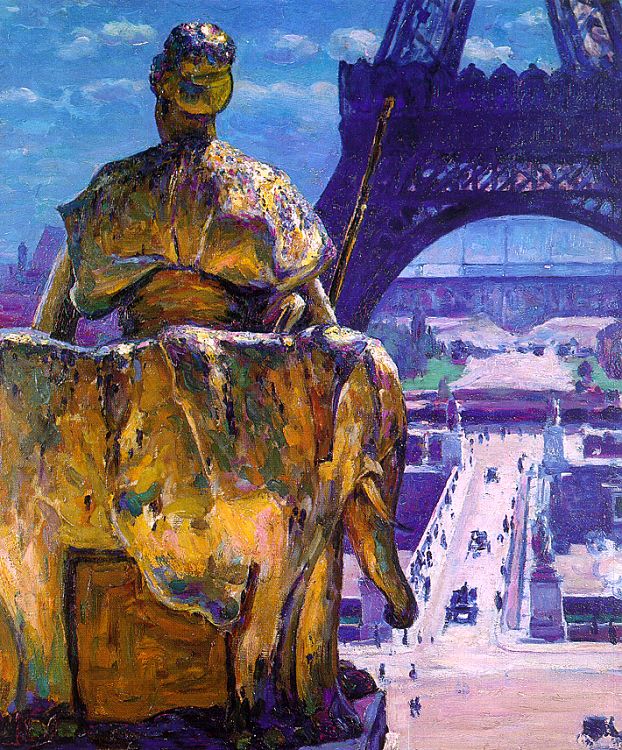
In Paris, Hawkins became part of the vibrant artistic community, engaging with various movements and styles that flourished in the late 19th century. He was particularly drawn to Symbolism, a movement that sought to express the ineffable and the mystical through evocative imagery and themes. Hawkins’s work from this period is characterized by a nuanced use of color, delicate figures, and a dreamlike quality that sought to capture more than the mere appearance of the subject.
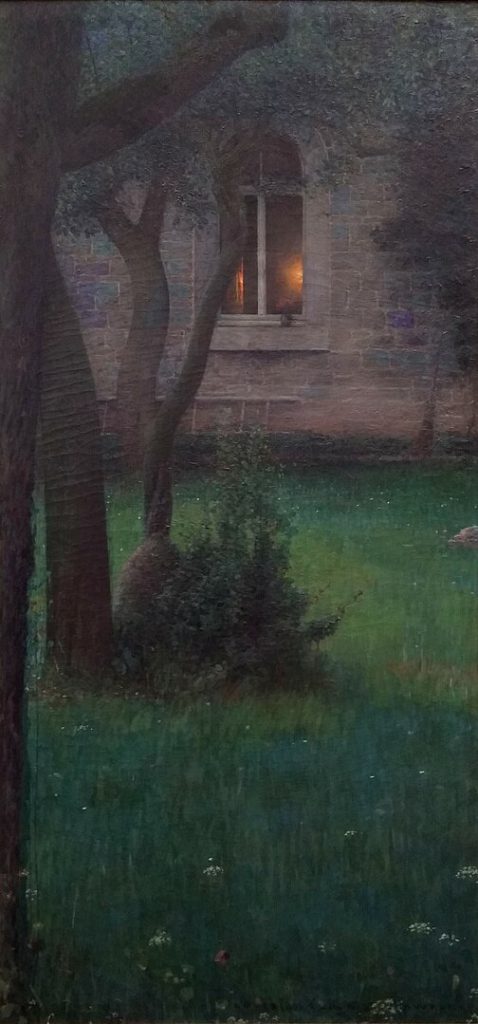
One of Hawkins’s most celebrated works, “The Anarchist,” exemplifies his symbolist approach, with its enigmatic subject matter and sophisticated use of light and shadow to evoke a sense of mystery and introspection. His paintings often featured women, flowers, and ethereal scenes, imbued with a sense of serenity and otherworldliness. Despite this focus on the ethereal, Hawkins maintained a strong sense of realism in his depiction of figures and landscapes, a testament to his academic training.
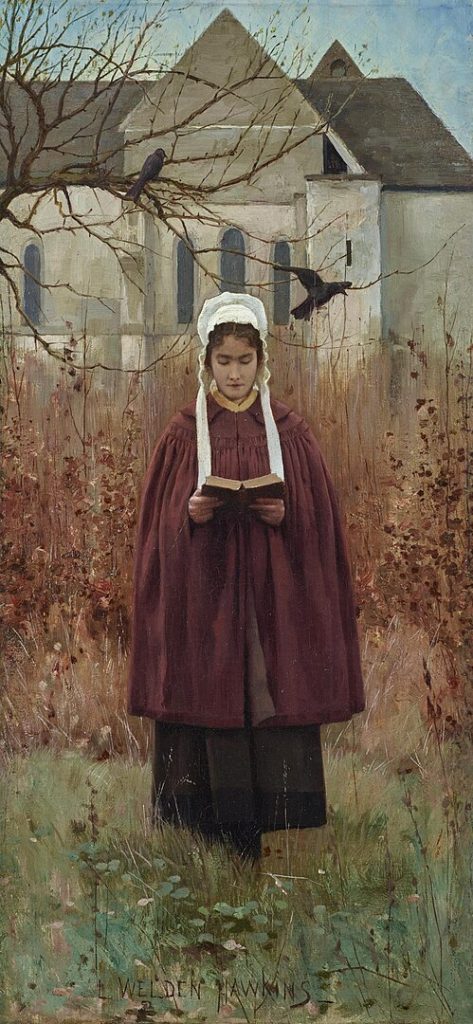
Hawkins’s contribution to art extended beyond his symbolist works. He was also noted for his portraits and landscapes, which displayed his versatility and sensitivity to the nuances of light and atmosphere. His ability to blend realism with the more abstract ambitions of Symbolism set his work apart, earning him recognition and respect among his contemporaries.
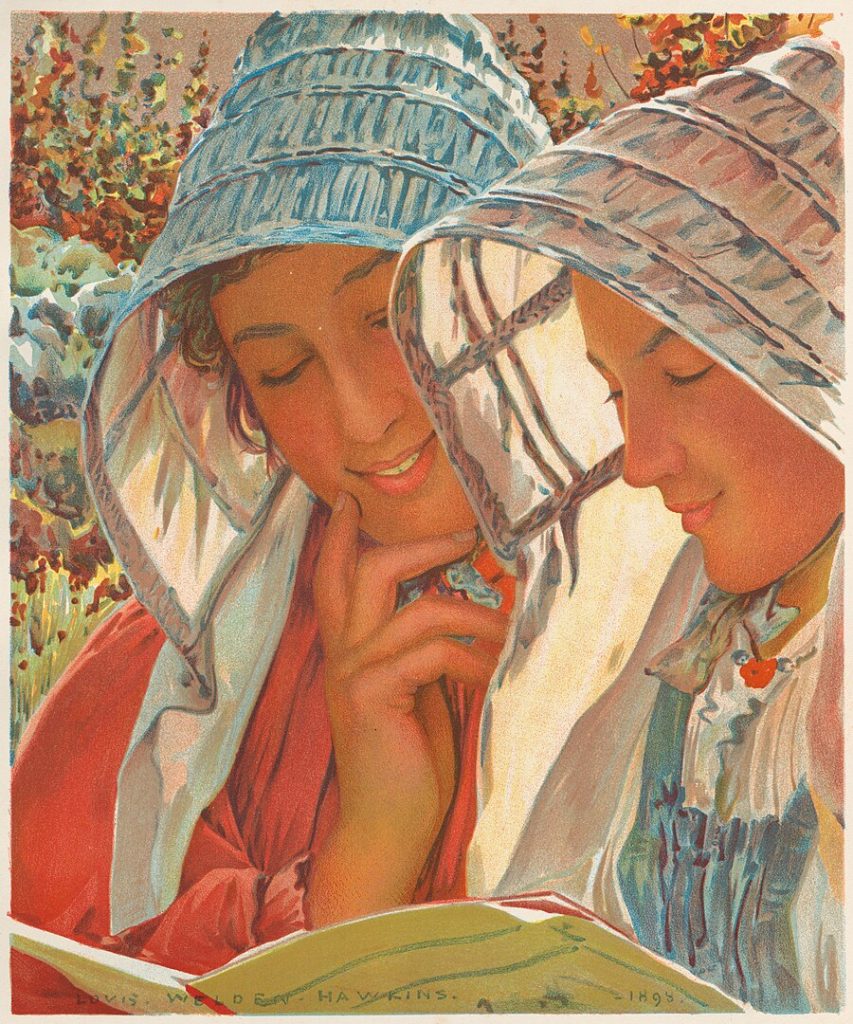
Throughout his career, Hawkins exhibited his work in Paris and beyond, participating in the Salon de la Rose+Croix, an exhibition dedicated to the Symbolist movement, among others. Despite his British origins, Hawkins became closely associated with the French art scene, adopting France as his home and the focal point of his artistic endeavors.
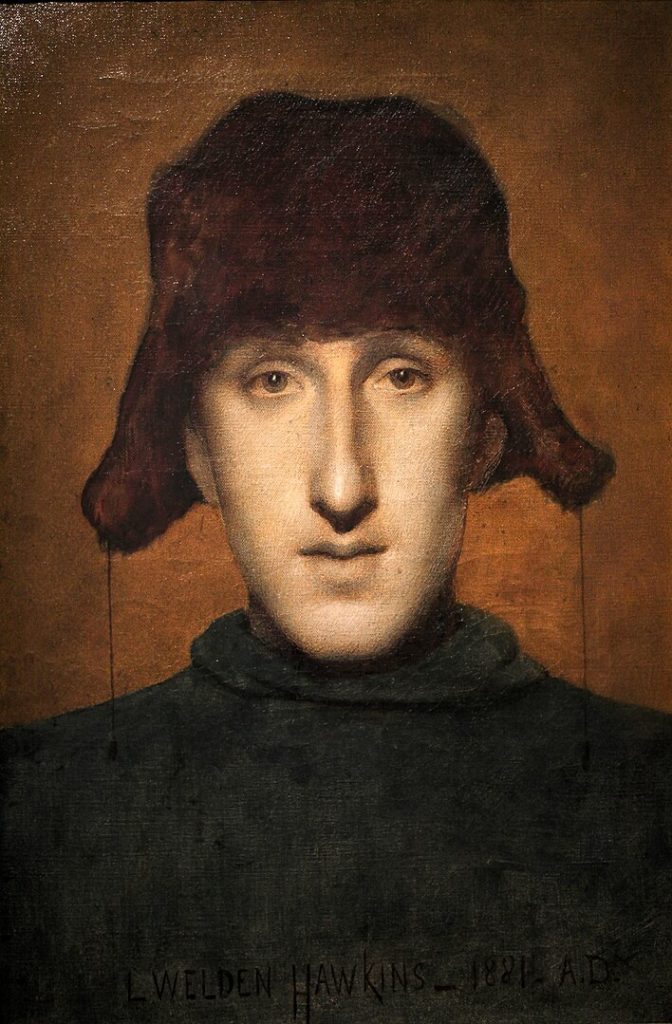
Louis Welden Hawkins’s legacy is that of a bridge between cultures and artistic movements. His work embodies the transition from the academic traditions of the 19th century to the more expressive and experimental approaches that characterized the turn of the century. Hawkins died on May 1, 1910, in Paris, but his art continues to captivate audiences with its beauty and depth, a testament to his unique position within the Symbolist movement and the broader landscape of European art.
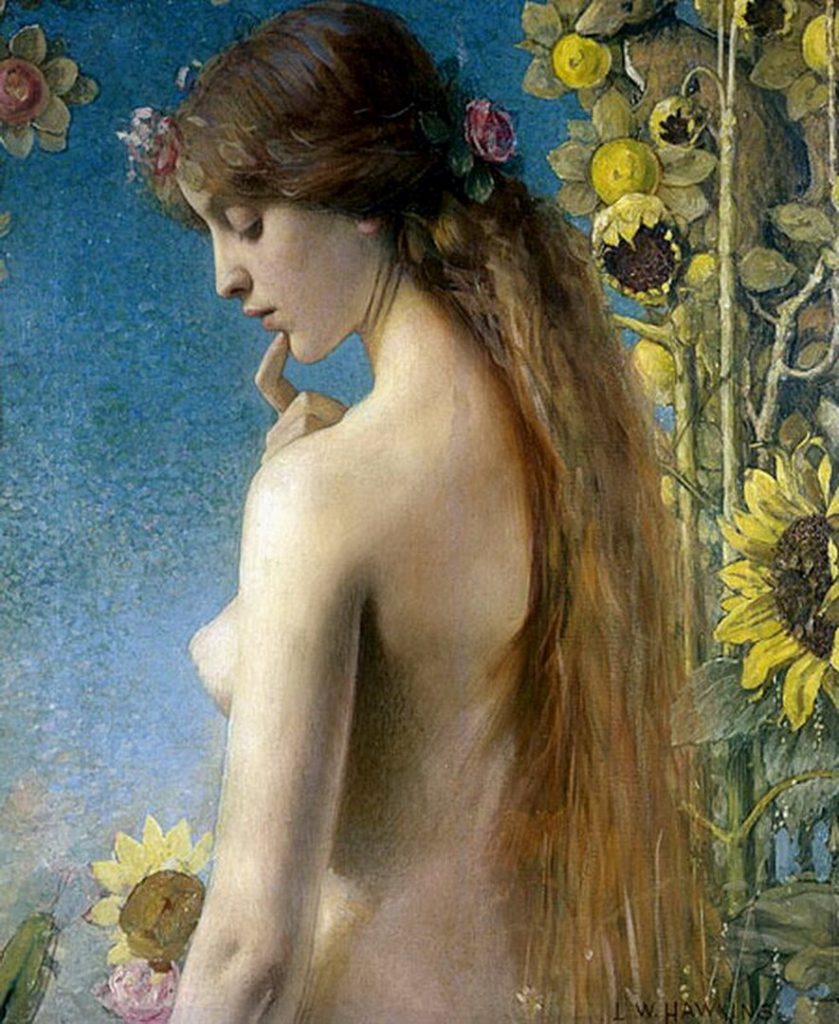
In conclusion, Louis Welden Hawkins’s biography reflects a life dedicated to the pursuit of an artistic vision that was both deeply personal and reflective of the broader shifts in European art at the end of the 19th century.
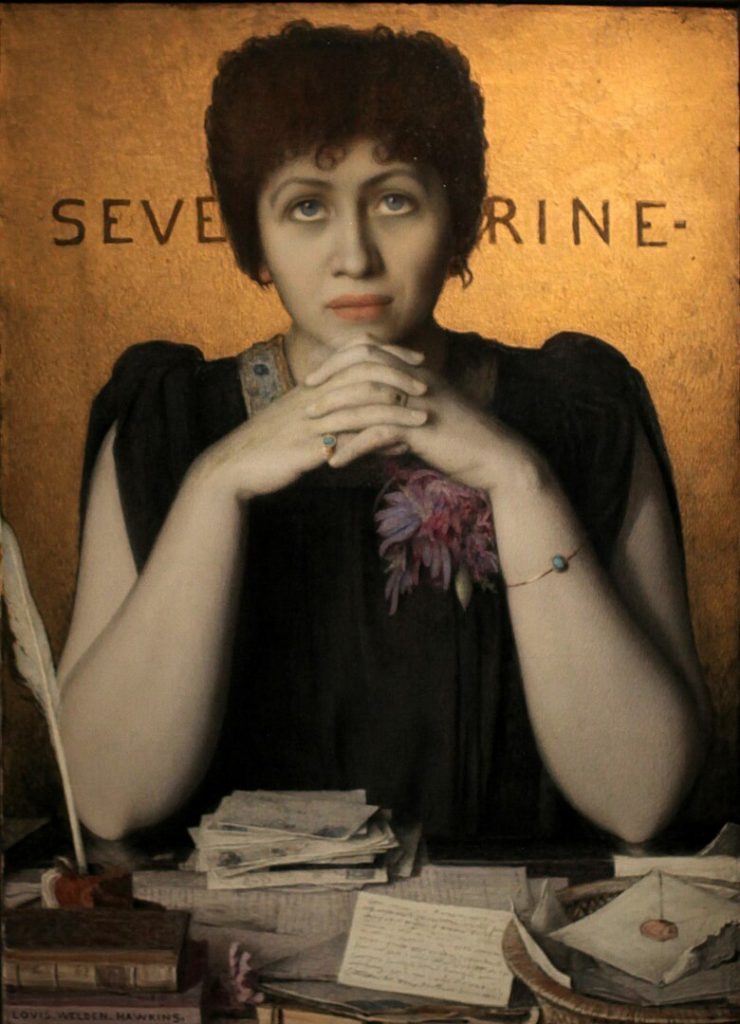
His work, with its blend of realism and symbolism, offers a unique window into the soul of an artist who sought to transcend the visible world and explore the realms of emotion and imagination.






